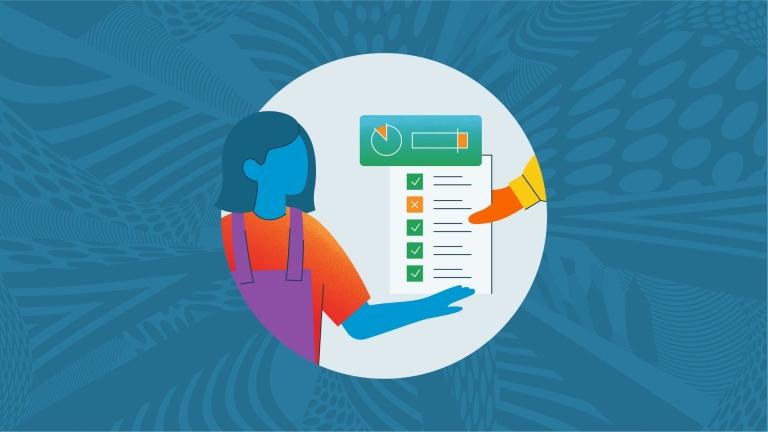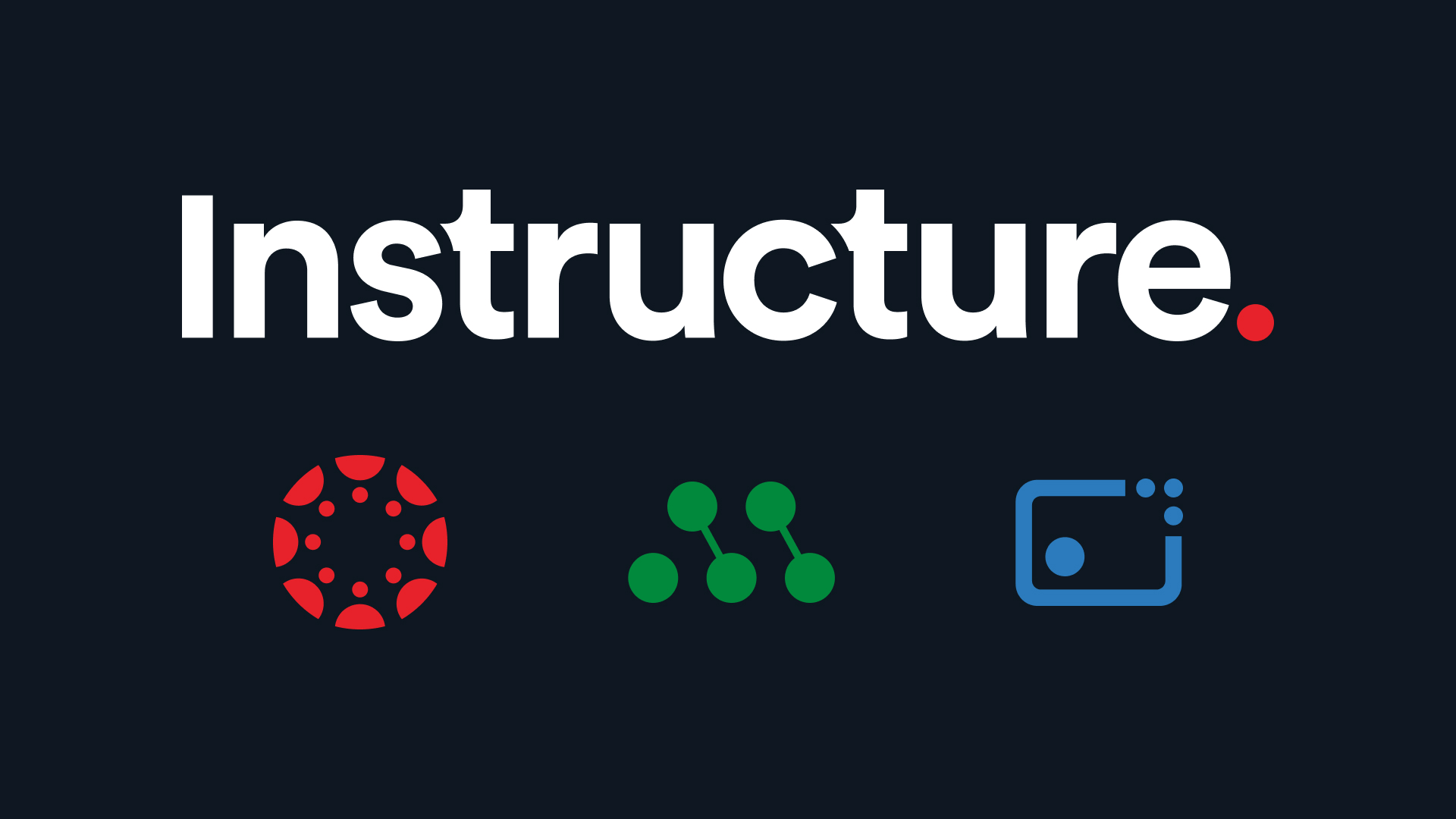Each year, LinkedIn publishes a list of the most in-demand skills. Year after year, we see this list change, reminding us that the labor market is an ever-evolving entity. It's a clear and concise signal for everyone: adaptability and a commitment to lifelong learning from early education to adult education are essential to remain relevant, competitive, and in demand.
Then came the Covid-19 pandemic, a curveball that forced us to radically rethink education and training.
When the world was forced indoors, millions began working and learning remotely. This paradigm shift accelerated the need for digital skills and online learning tools. It underlined the fact that education and training require continual rethinking and reimagining. But this isn’t just about survival. Lifelong learning is also a catalyst for personal engagement and career development.
So, how do we cultivate this mindset of lifelong learning? Below are four effective strategies for you to consider:
1. Embrace Digital Learning
The world is digital, and so is learning. Online learning platforms have made education accessible, flexible, and user-friendly. For schools, adopting a blended learning approach — integrating traditional classroom methods with online learning — can cater to different learning styles and pace.
For adults and working professionals, online learning provides an opportunity to learn at their convenience. Short courses, professional certifications, and even degree programs are now available online. The flexibility and variety of online learning can keep the curiosity alive and learning continual.
2. Partner with Employers for Upskilling
Colleges and universities have a key role in bridging the gap between education and employment. By collaborating with businesses, higher education institutions can offer students real-world experience through internships and co-op opportunities. In addition, they can integrate in-demand skills into their curricula.
These partnerships not only benefit students but also help corporations by providing them a steady pipeline of skilled workers. First, companies can ensure that the future workforce is equipped with the skills they need. Second, they can provide current employees with opportunities for upskilling and reskilling, fostering a culture of lifelong learning. This can be in the form of workshops, online courses, or professional development programs.
3. Cultivate a Growth Mindset
The power of a growth mindset can't be overstated. Schools, universities, and workplaces should encourage a culture where mistakes are seen as learning opportunities rather than failures. Regular feedback and constructive criticism should be the norm, allowing individuals to continuously learn, grow, and adapt.
4. Offer Learning Pathways
Every learner is unique. Some may aspire for academic excellence, others may be inclined towards vocational skills. By offering different learning pathways, institutions can cater to the diverse interests and aspirations of their learners.
In corporations, creating clear career pathways with associated learning and development opportunities can keep employees engaged. It also encourages them to take ownership of their career and learning journey, fostering lifelong learning.
As Brian Herbert said, "The capacity to learn is a gift; the ability to learn is a skill; the willingness to learn is a choice". Lifelong learning isn’t just about professional growth; it's about personal growth too. By fostering a culture of continuous learning, we equip individuals with the resilience and adaptability they need to navigate our ever-changing world. It's an investment in our future, and it's one we can’t afford to overlook.
Read our article about how virtual learning can enable lifelong skill-building to start your lifelong learning journey today.


